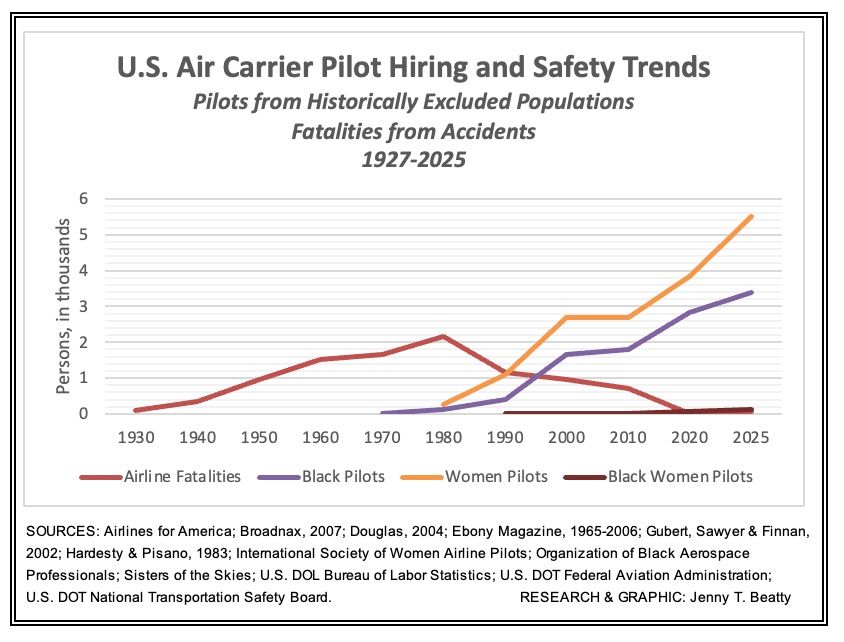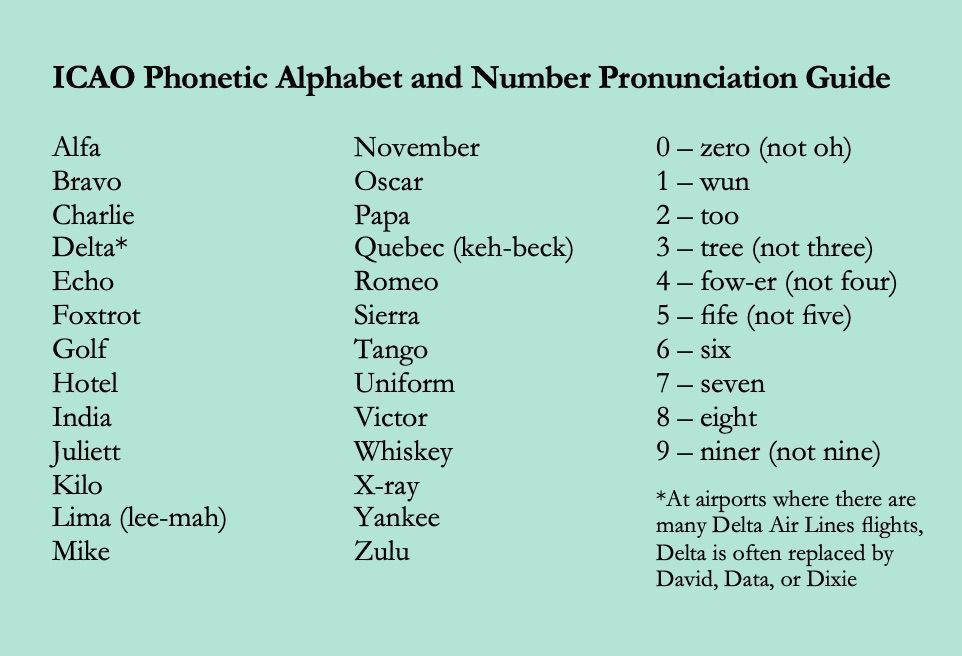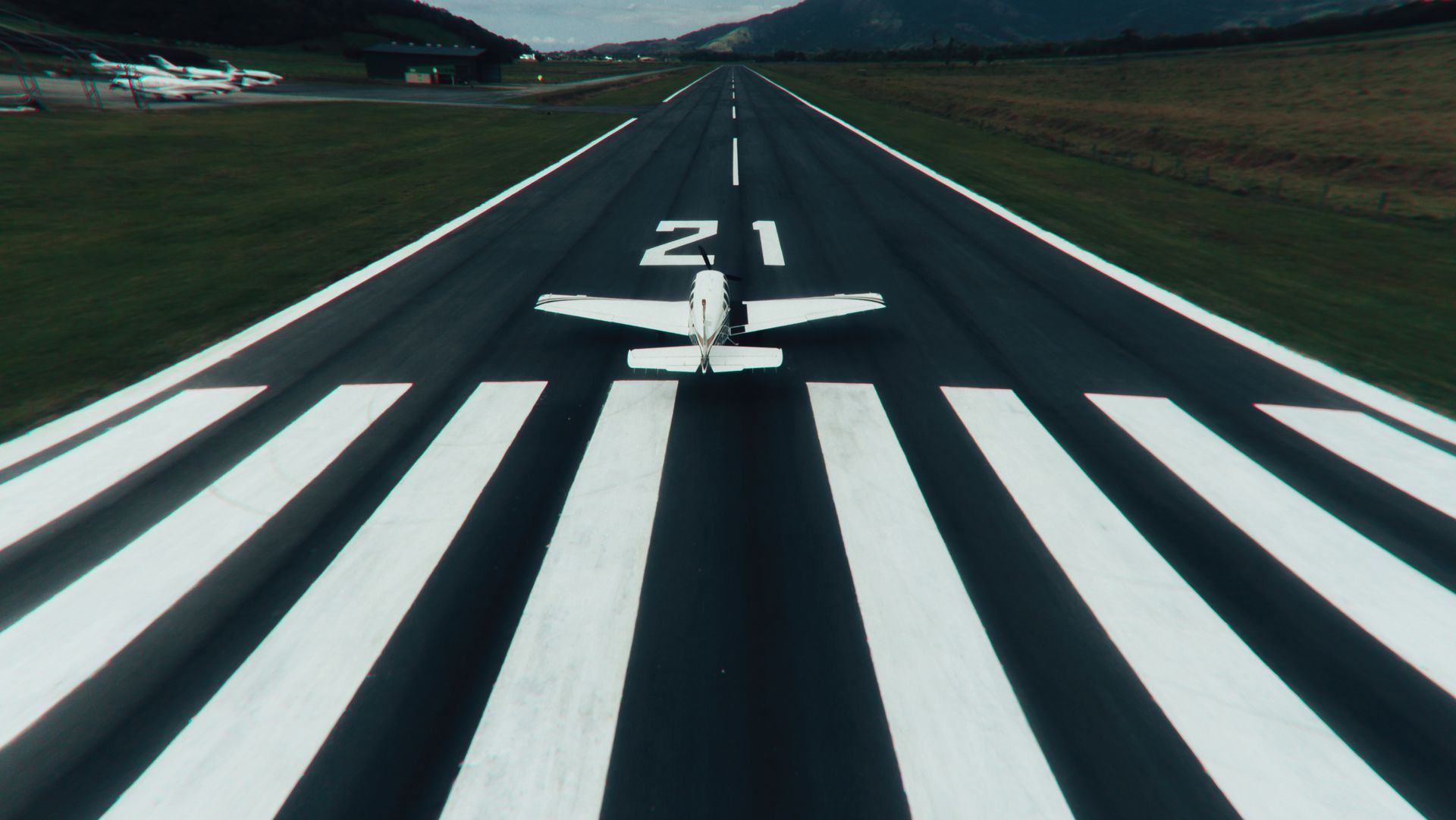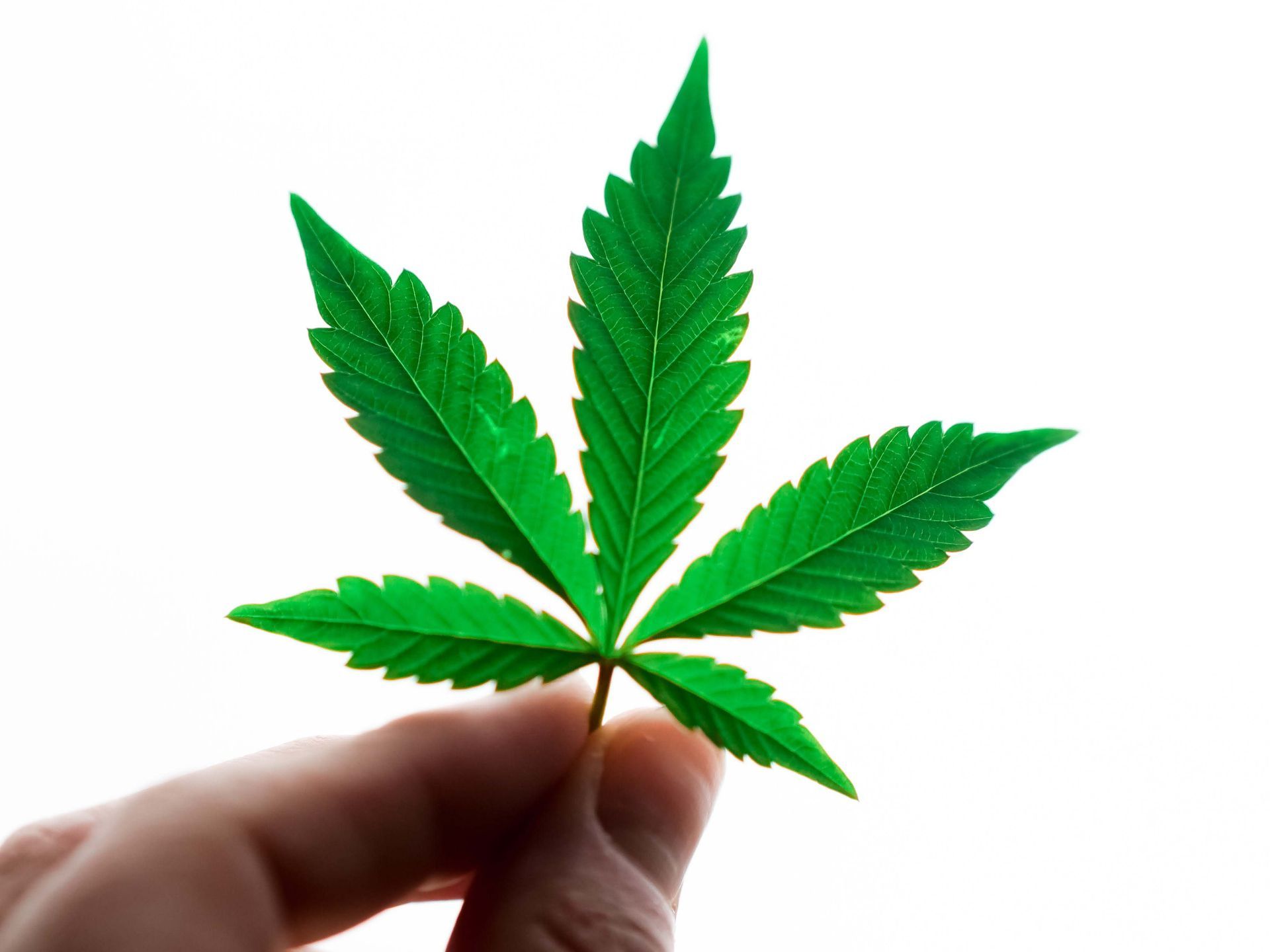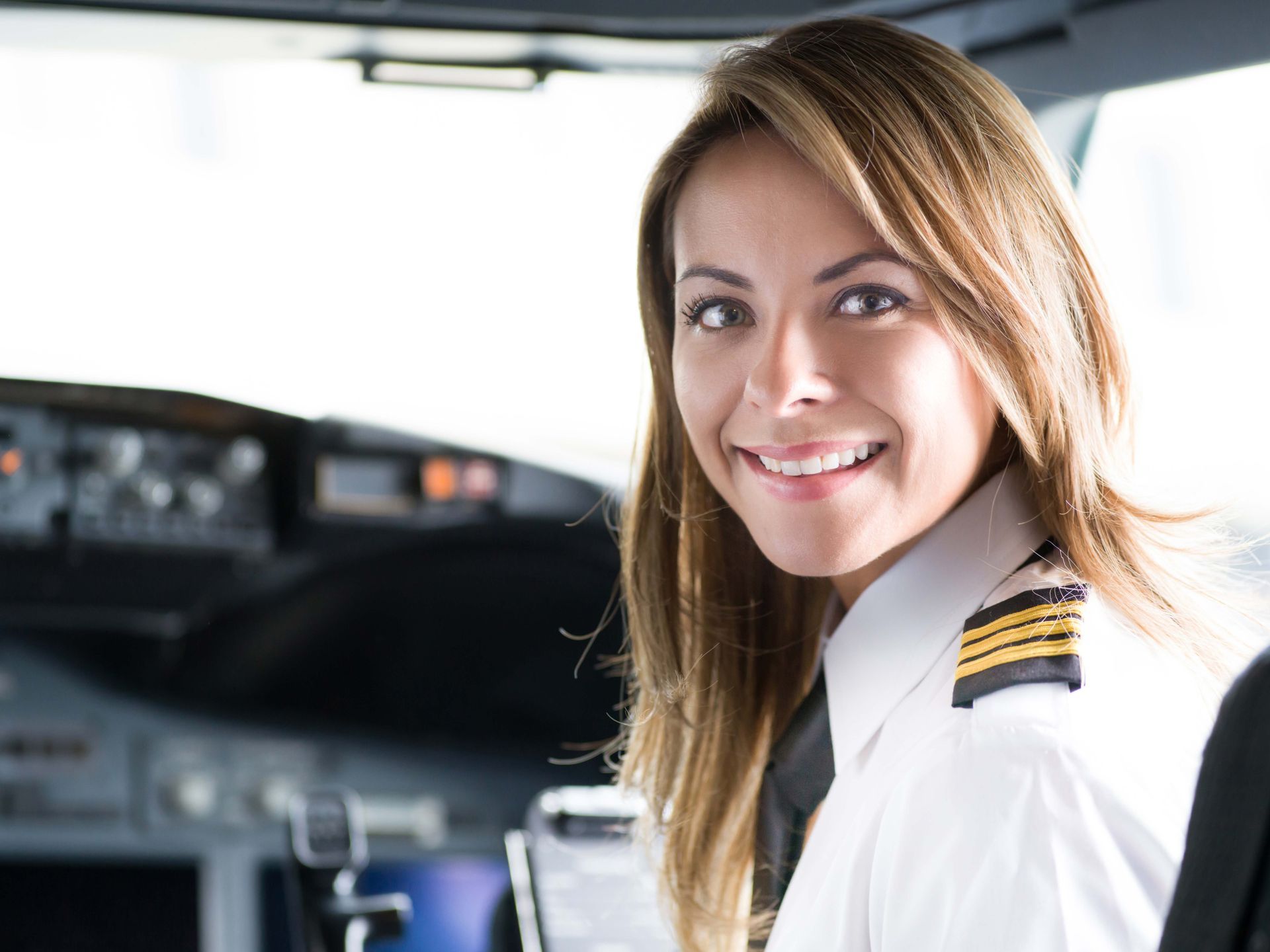When Pilots and Alcohol Don't Mix
There is help for you, no matter how terrible the problem

“It’s not easy to say ‘I’m a pilot and an alcoholic’,” reveals Patti M. “That did not compute for me. But I met a pilot in the alcohol recovery program, and found out that it is possible. So I’m here. I’m sober and I’m still here, flying.”
Patti now shares her own story of recovery in order to help others, using only her first name, in the tradition of Alcoholics Anonymous.
Patti tells about taking her first flying lesson at age 26 and landing a job with a major U.S. airline at 34. She also tells about how she drank alcoholically for 30 years, starting at age nine. And then she shares how she was able to quit drinking and return to the cockpit, with the help of HIMS, a drug and alcohol treatment program designed specifically for pilots.
Pilots and Alcohol
Drinking has long been associated with aviation. The daring fighter pilots of World War I and World War II steeled their nerves in the military service Officer Clubs, and the macho flight test pilots who broke the sound barrier and paved the way for the astronaut program spent their evenings at the Happy Bottom Riding Club, a bar run by hard-drinking female pilot Frances "Pancho" Barnes. Still today, balloon rides are toasted with Champagne and many “post-flight debriefing sessions” take place in bars.
“Aviation is an ‘old boys club’, and I could drink with the old boys, so I did,” says Patti. “I probably had one in my room before we got started, and I would stay at the bar until the end. I would pick trips based on the layovers so I could drink.”
That’s the difference between enjoying a few drinks and being an alcoholic. According to the National Institute on Alcohol Abuse and Alcoholism, about one in every 12 adults abuse alcohol or is alcohol dependent, cutting across gender, race, and nationality.
Alcohol is a legal and socially acceptable drug, so it is widely used on a recreational basis. However, continued use can lead to abuse and onset of the disease. And alcoholism is a disease, with symptoms and a predictable progression, and it is chronic, meaning that it lasts a person’s lifetime and requires on-going treatment, like managing a diabetic or coronary condition.
As time went on, “drinking consumed every inch of my physical and emotional being,” Patti says. Then she was in a terrible traffic accident that injured her badly — and saved her life and her career. Her blood alcohol content was measured at 0.24 percent, three times the legal limit for driving in most states and such that most people could hardly find their car keys, much less start the engine and drive. In other words, the accident revealed that Patti’s body had a high tolerance to alcohol, another symptom of the disease of alcoholism, and this brought her to treatment and recovery through a special treatment program for pilots, and Alcoholics Anonymous.
AA & EAP
Alcoholics Anonymous (AA) was founded in 1935 and today is a non-affiliated, informal society of some 2 million people worldwide. Its success in helping alcoholics to recover led to the establishment of company-based programs in the 1940s and to today’s federally mandated Employee Assistance Programs (EAP).
Under U.S. law, any employee may ask for assistance from their company’s EAP, confidentially and without jeopardizing their job or advancement. EAP programs provide professional guidance on a wide range of emotional and personal problems, from drug addiction to mental illness to a family crisis. At some companies, the employee’s spouse and family members are also covered by EAP for their issues.
Denial
But pilots who need help don’t always get it. Pilots have strong denial mechanisms and a great fear of admitting to a substance abuse or emotional problem. Their family members and friends might subscribe to the outdated view that alcohol and drug addiction is a personal failing or a moral or willpower issue, rather than a disease. And co-workers and peers might cover for their buddy in a misguided attempt to help save their job.
“You’re not saving anybody!” says a pilot who worked with a treatment and recovery program for pilots. “You are enabling that pilot to have an accident or get killed or get busted and lose their career. You are liable, and you could go to jail. So if you have a peer that you are concerned about, please care enough to talk to them.”
You could tell them about Birds of a Feather International meetings for pilots and cockpit crewmembers where addiction to alcohol or drugs may be discussed with impunity and anonymity. And if the drinking or drug use of someone you care about is affecting you, there is Al-Anon.
Federal Aviation Regulations (FARs) specify that a pilot may not fly with a known medical deficiency, and must have no medical history or diagnosis of substance dependence. Prior to 1974, a diagnosis meant the permanent loss of the medical certificate and halt to a flying career. Today, the pilot who tests positive on a drug or alcohol test will still lose both their medical and pilot certificates, but these can be restored, with effort.
The HIMS Program
There’s a better way. If a pilot with an addiction problem enters the HIMS program, the FAA treats it like any other medical problem, with the focus on treatment and recovery. Re-issuance of a medical certificate and a return to the cockpit can take as little as six months. (The process can take at least two years for those not in the program and for private pilots.) On the other hand, a pilot who gets a ticket for driving under the influence or who gets professional counseling or treatment for addiction but does not report it on their FAA medical application form, is in violation of the FARs — a felony.
“Entering the HIMS program was my chance to come clean with the FAA,” says Patti. “I had lied on my medical certificate applications about my DUIs. They give you one chance to tell them everything, and then it isn’t following you around for the rest of your life.”
This is why awareness is so important. The Human Intervention Motivational Study program or HIMS was initiated in 1974 by the Air Line Pilots Association (ALPA) labor union, with a grant from the National Institute for Alcohol Abuse and Alcoholism and the support of airline management and the FAA.
Today the HIMS program is an industry-wide effort in the United States, with a sister program in Canada, in which companies, pilot unions, and the Federal Aviation Administration work together to preserve careers and further air safety through the identification, treatment, and return to the cockpit of impaired aviators, including those at non-union airlines.
“HIMS is about helping pilots and their families,” says Captain Dana Archibald, an airline pilot and former chairman of the HIMS program. Archibald reports that in the first 35 years of the HIMS program, about 4500 pilots returned to the cockpit, and several hundred spouses have also been helped. “We have a long-term sobriety success rate of 88 to 90 percent, which is very high, because this is a structured program that monitors pilots for a minimum of three years.”
Warning Signs
After getting sober at an early age, Captain Shara Stevens completed a Masters in psychology and addictions, then became an airline pilot and a HIMS representative. The pilot group at her airline is younger than at the legacy airlines, so she sees the disease at the early stage, when recreational alcohol use can lead to abuse.
“Although having a drink does take the edge off, it’s important to watch your alcohol consumption in dealing with life’s stressors,” Stevens says. “Our brain can be conditioned to develop a link which automatically craves alcohol anytime a stressor appears. Over time, dependency and possibly addiction may occur.”
Stevens outlines the warning signs: “Loss of control or predictability in your drinking; compulsive use; continued use despite adverse consequences; and failed attempts to change or alter the type or amount of alcohol consumed.” If these describe you, or if one of your family members, friends, or peers expresses concern about your use of alcohol, call your HIMS representative or a substance abuse professional. Stevens welcomes anyone reading this article to contact HIMS.
While alcohol is usually the “drug of choice” for pilots, Archibald reports a large increase in addiction to prescription painkillers like OxyContin. “Because it’s prescribed by your doctor, you think it’s okay,” he says. “But then you take more because the pain is still there, and before you know it, you have to have it. Addiction sets in quickly—it can happen to anyone. It’s scary. The slang name is synthetic heroin.”
Get Help
As Patti M. and thousands of other pilots can attest, there is help for you in EAP or HIMS, no matter how terrible your problem.
“The FAA actually is there to help you — who knew?” she says. “People think that if you go into this program, the FAA is in your business for the rest of your natural life, but that’s not true.” With successful recovery, monitoring ends and the pilot never has to check in with the FAA about it again.
“And I had more support from my company than I ever dreamed of,” says Patti. “I was told early on, ‘You will not be fired, we just want to help you’, and they were true to their word. The only stipulation on that was that I stay sober. And then you get a life, you get a chance.”
© 2010 - 2020 Jenny Beatty. All Rights Reserved.
Photo credit: Christian Fridell
An earlier version of this article was published in Aviation for Women magazine in 2010.
